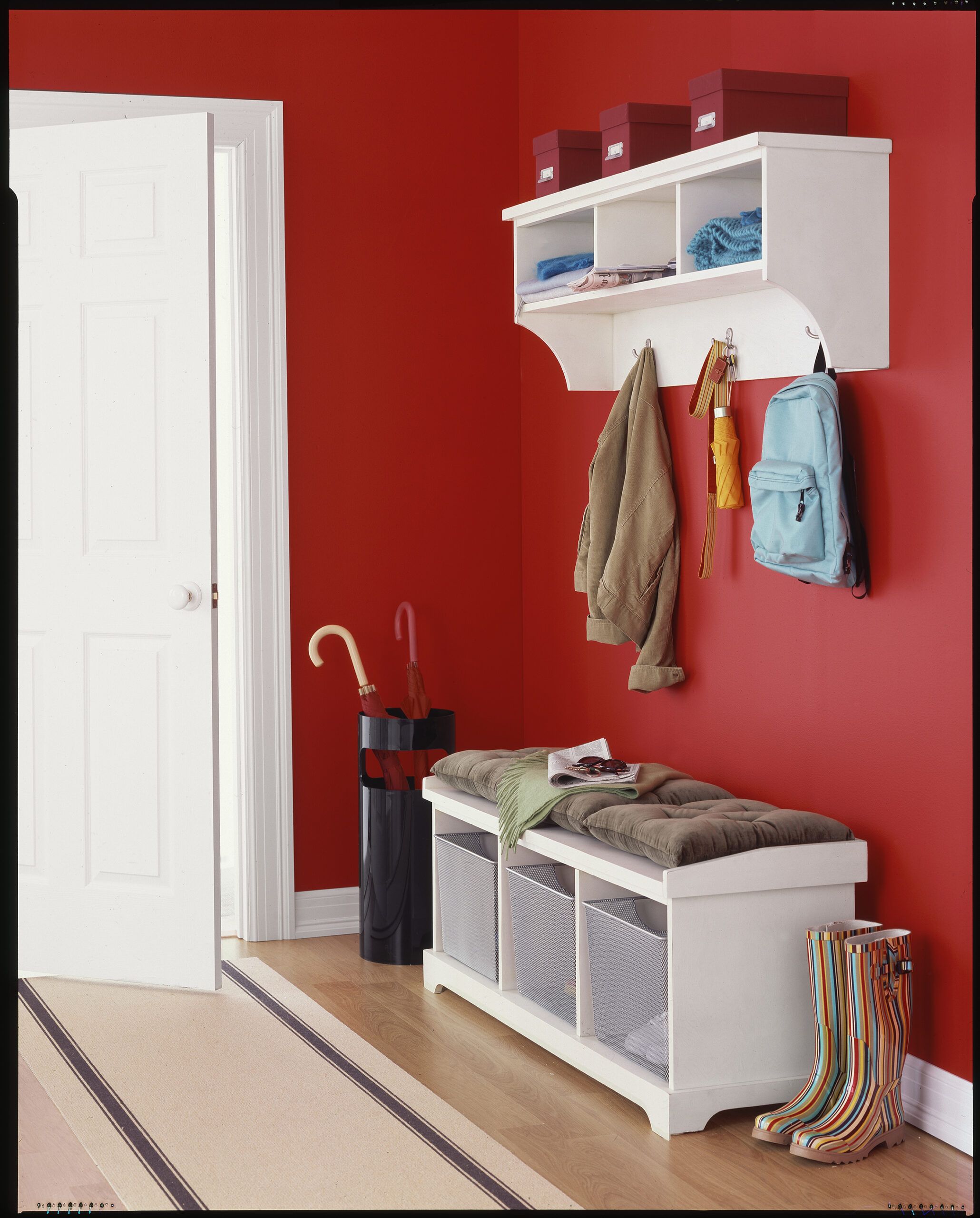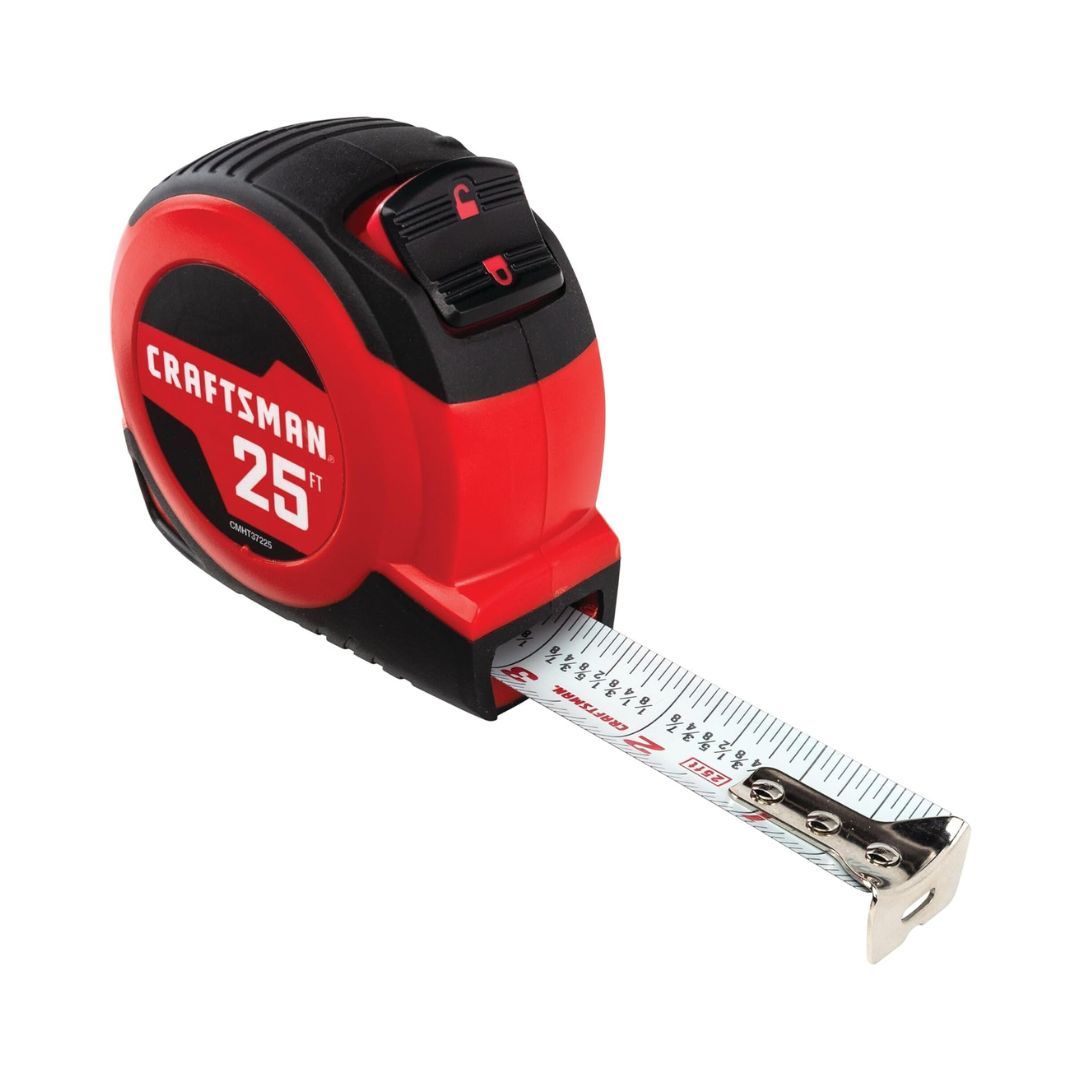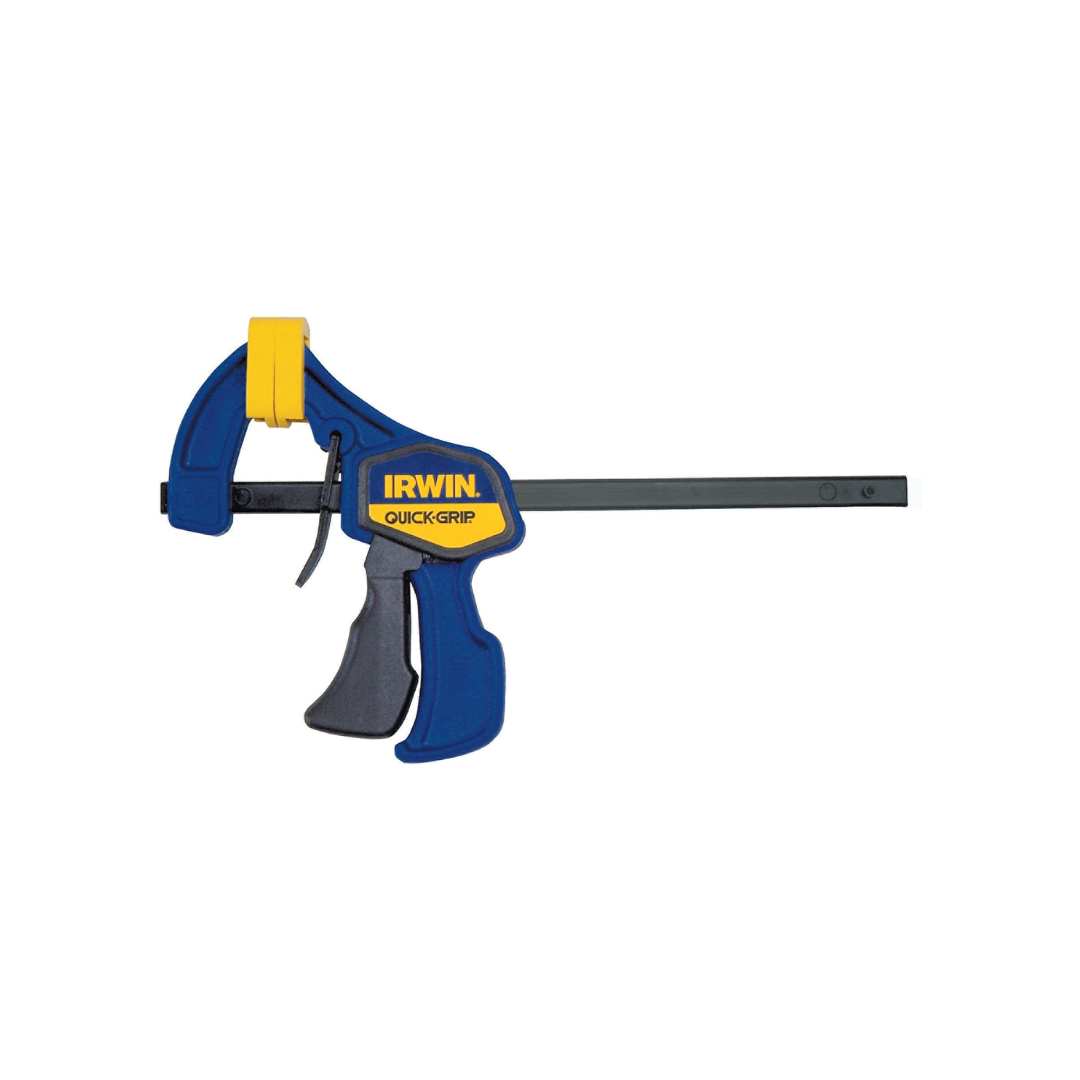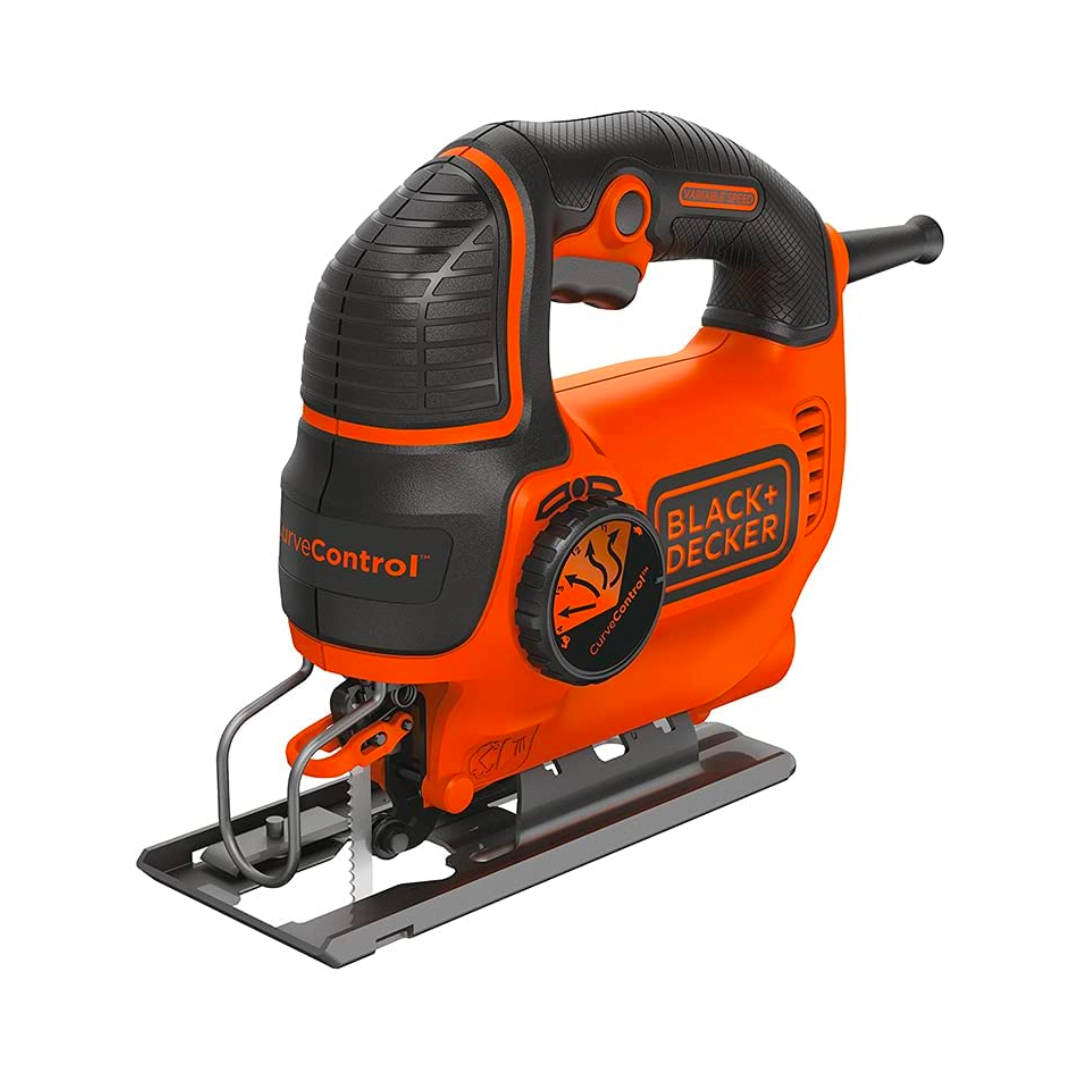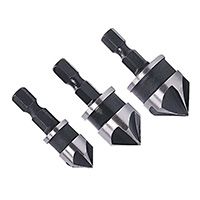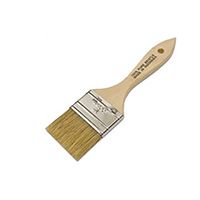Project details
Skill
Cost
Estimated Time
We may be compensated if you purchase through links on our website. Our team is committed to delivering honest, objective, and independent reviews on home products and services.
A wall cubby shelf can help you organize your space and keep essential items within easy reach. In this guide, we’ll explain how to build a wall cubby shelf, from gathering materials to adding the finishing touches.
Tools and Materials Needed To Build a Wall Cubby Shelf
Most wall cubby shelves are made of wood. Here are a few popular wood choices for your shelving:
- Oak: Durable and attractive grain pattern
- Pine: Lightweight and budget-friendly
- Plywood: Ideal for larger projects
- Poplar: Affordable and easy to paint
For a shelf measuring 39 inches wide by 17 3/4 inches high by 10 inches deep, you’ll need the following tools and materials:
- 3/4×18 edge-glued pine panel
- 1×10 poplar board
- 1×12 poplar board
- Paint or stain (optional)
- Sandpaper
- Wood glue
- Wood screws
Step 1: Review the Cut List
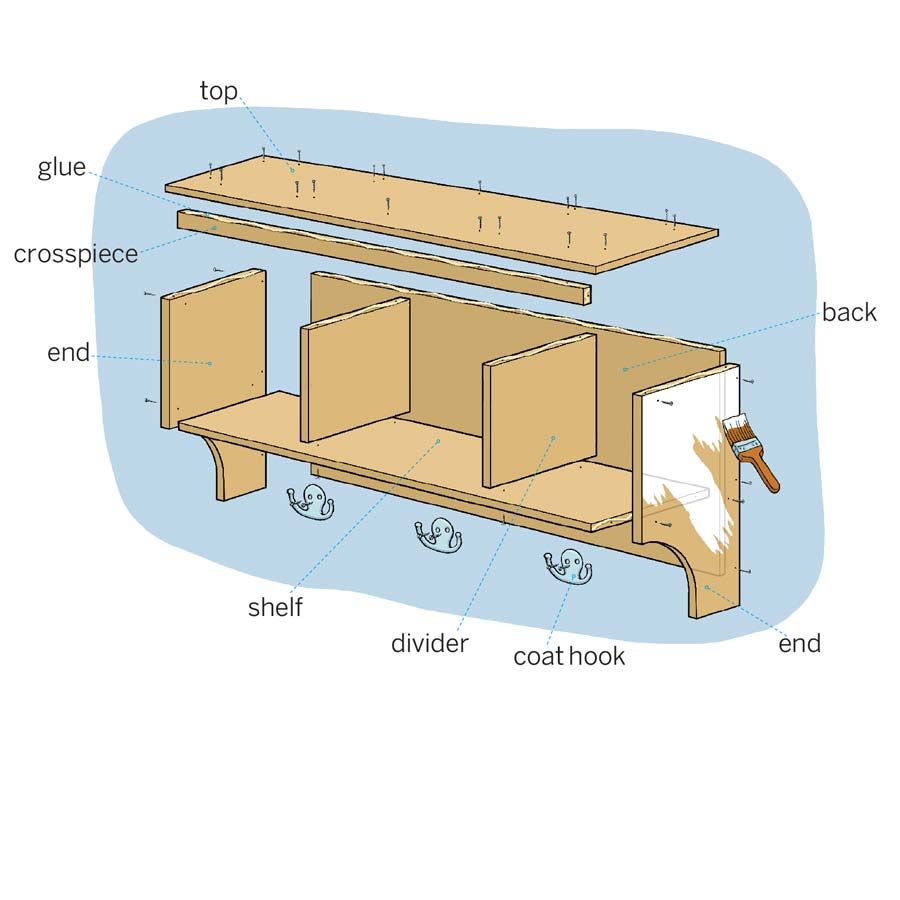
Download the cut list for how to build a cubby shelf. For a shelf 39 inches wide by 17 3/4 inches high by 10 inches deep, you’ll need to make the following cuts:
- Top: One 39-inch piece, ripped to 10 1/4 inches wide
- Ends: Two 17-inch pieces
- Shelf: One 36-inch piece, ripped to 8 inches wide
- Crosspiece: One 36-inch piece, ripped to 1 1/8 inches wide
- Dividers: Two 9 1/2-inch pieces, ripped to 8 inches wide
- Back: One 36-inch piece, ripped to 17 inches wide
Step 2: Cut the Boards and the Curves
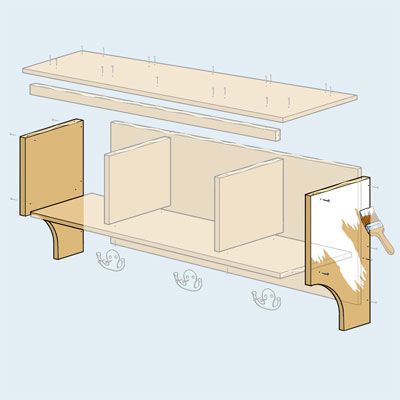
Use a circular saw to size all the boards according to the downloadable cut list:
- On one end piece, make a mark on the long edge 6 inches from one corner and on the short edge 5 1/4 inches from the same corner.
- Place the edge of a large pot lid at both marks and draw an arc.
- With both end pieces clamped together, cut along the arc with a jigsaw.
- Unclamp the end pieces and sand the curves smooth.
Step 3: Create the Cubbies
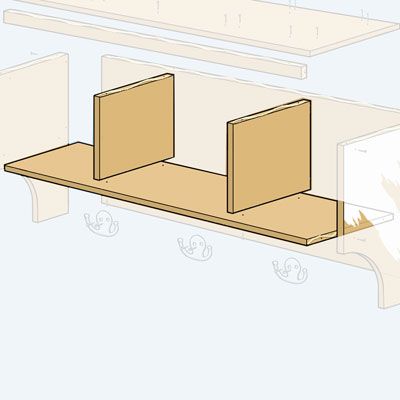
To create the cubbies, divide the shelf into three equal segments along its length and follow these steps:
- Using a rafter square, mark each segment with a line on one face and edge.
- Clamp a divider piece against the shelf’s unmarked face, flush with the marked edge and centered on the mark.
- Use the rafter square to square the divider front to back.
- Using a combination countersink bit, drill two pilot holes through the dividing line and into the divider.
- Glue and screw the pieces together, and do the same with the other divider.
Step 4: Attach the Back and Ends
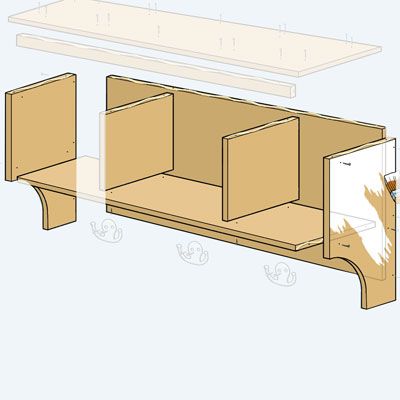
With the cubby assembly facedown, line up the edges of the back piece with the tops of both dividers and the ends of the shelf. Square the dividers with a rafter square hooked to the back’s top edge, and drill pilot holes through the back and into the dividers and the shelf. Glue and screw the back in place. Align the end pieces flush with the back’s top edge and capture its side edges. Glue and screw the ends to the shelf and back.
Step 5: Attach the Top
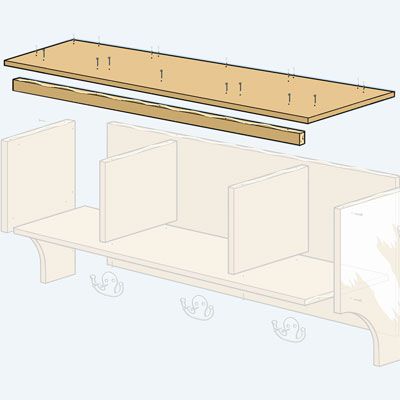
Position the top with a 3/4-inch overhang at the ends and front (flush with the back). Glue and screw the top to the ends, dividers, and back. Glue and screw the crosspiece to the end pieces and to the underside of the top, snug against the dividers.
How Do You Mount a Wall Cubby Shelf?
Here’s how to safely mount your wall cubby shelf:
Choosing the Right Wall Anchors
Select wall anchors based on your wall type and the shelf’s weight:
- Drywall: Use toggle bolts or molly bolts for added strength.
- Masonry: Choose concrete anchors or sleeve anchors.
- Wood studs: Use wood screws directly into the studs.
Proper Mounting Techniques
Locate wall studs using a stud finder. Mark the mounting points on the wall, ensuring they’re level. Pre-drill holes in the shelf back for mounting screws. Hold the shelf in place and mark the wall through the pre-drilled holes. Install wall anchors if you’re not mounting directly into the studs, and secure the shelf to the wall using the appropriate screws.
For detailed instructions on mounting shelves, check out our guide on how to install wall-mounted shelves.
Finishing Your Wall Cubby Shelf
Add the final touches to make your wall cubby shelf functional and attractive.
Sanding and Smoothing
Before applying any finish, sand all surfaces with 120-grit sandpaper. You can use a 220-grit for a smoother finish. Then, wipe away all dust with a tack cloth.
Painting or Staining Options
Apply your finish per the manufacturer’s instructions, and allow enough drying time between coats. Choose a finish that complements your decor:
- Clear coat: Protects the wood while maintaining its natural look
- Paint: Offers unlimited color options and easy maintenance
- Stain: Enhances the natural wood grain
Adding Decorative Elements
Consider adding stencils or decals to painted surfaces for a personal touch. You can also use decorative knobs or brackets that match your home’s decor.
If you need more storage, consider building wall cubbies.
Our Conclusion
With the right tools and materials, you can create custom storage for your needs. Remember to take your time with each step, make precise measurements, and carefully cut and assemble the cubby. The result will be a useful and nice-looking wall cubby shelf that will last for years.
